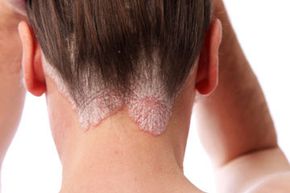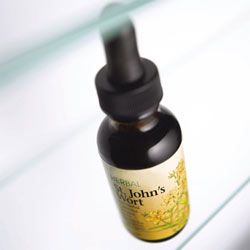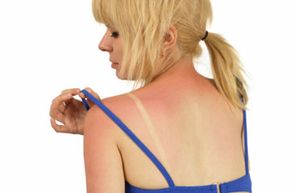Whether you're taking a reductase inhibitor to cut cholesterol levels or an antifungal cream to get rid of athlete's foot, you probably aren't thinking about painful scarring or sunburn. However, both of these types of drugs -- and a number of others -- can create chemically induced photosensitivity and should be taken with proper precautions, like avoiding direct sunlight and using plenty of sunscreen.
Drug-induced photosensitivity is a surprisingly common side effect of medications, herbal remedies and even sunscreens and perfumes. It can take two forms. The most common is phototoxicity, where exposure to the sun's ultraviolet rays makes certain drugs create free radicals that damage skin tissue, resulting in bad sunburns on areas exposed to direct sunlight. The other is called a photoallergy, where exposure to sun radiation converts some drugs into an allergen called a hapten, which produces an allergic response in the skin, likely as a rash or hives. Unlike phototoxicity, this kind of condition can spread to unexposed areas of the skin.
Advertisement
When taking any medications -- prescribed or not -- make sure you clearly read the label and check with your doctor about their potential for producing photosensitivity. Here are five more medications that can produce a photosensitive reaction.





